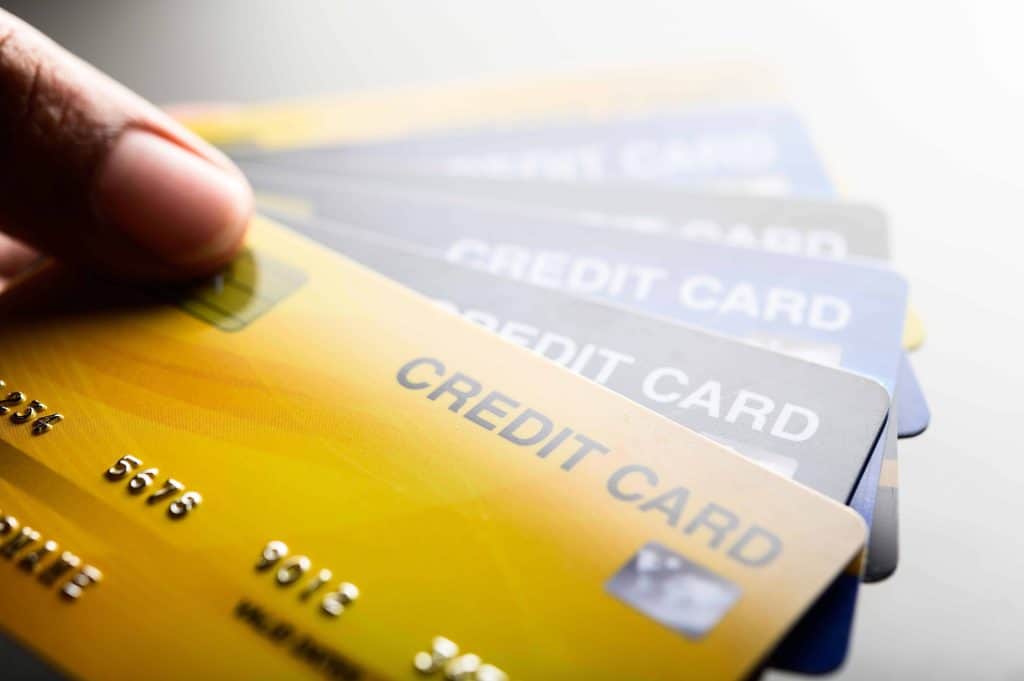When you spend with a credit card, you may not think much about your credit card limit. Some people have multiple cards with varying limits. It is important to understand what a credit limit is, how it is determined, how it can be changed and why you should avoid going over it. Also, it is helpful to know what to expect if you go over the limit. Responsible use is key, and a thorough understanding of card limits is an essential part of the responsibility.
What Is a Credit Limit?
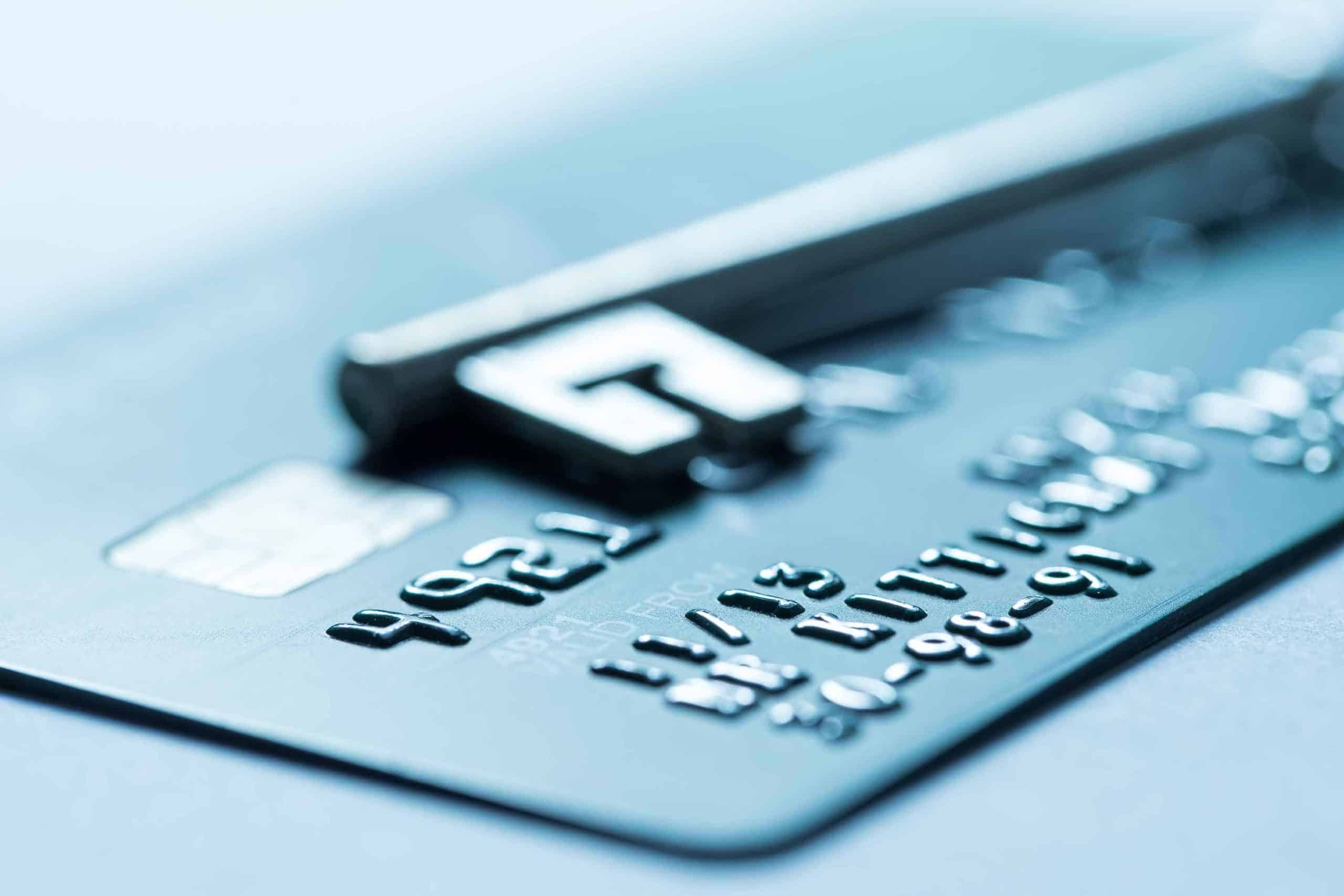
The credit limit of a card is the maximum amount of money that you can spend with it. Credit limits vary based on several factors, which will be covered in the next section. Although you may be able to spend more than the limit, it is not a wise idea to go over it. For example, if you are given a credit limit of $2,000, you should not spend more than that amount in any single transaction or in a combination of transactions. The balance is updated every billing cycle.
Two important factors to consider in relation to the credit limit are the grace period and the interest. In some instances, you may be approved for an introductory period with no interest for several months or more than a year. If there is interest, it is important to know when it is added. Each credit card company allows a grace period, which is a time when interest is not charged after you make a purchase. If you pay off the purchase or the balance within that period, interest will not be charged.
Interest charges can affect your credit limit in terms of available credit. For example, if you use $1,000 of your $1,500 limit, interest can increase the balance beyond $1,000. However, this may not apply if you have a temporary period of no interest. When your card’s promotional no-interest period expires, read your statements carefully every month.
You should track your previous card balance, current purchases, total amount owed, interest charges and available credit for each cycle. Keeping a chart of these changes can help you put your spending and paying patterns into perspective, and a chart can help you understand how to avoid going over your credit limit on each card
How Is a Credit Limit Determined?
When you apply for credit cards, lenders look at several criteria to determine your limit. First, you must understand how credit limits apply to card types and tiers.
Card Types
Companies usually have cards with set limits or cards with variable limits. A card with a set limit means that all applicants will have the same limit.
To be approved for a set limit, you must have a score at or above the minimum requirement. There may be other requirements that relate to your credit history. For variable cards, the creditor determines your limit based on the approval factors that are listed in the following sections.
Card Tiers
Some companies have several tiers of cards with set limits. For example, the issuer’s standard card may have a limit of $1,500, and its gold card may have a $3,000 limit. The platinum card may have a $7,500 limit. Higher tiers typically come with narrower ranges for acceptable credit scores and tighter approval criteria.
Approval Factors
According to Investopedia, these are the top considerations that go into a card issuer’s decision. Since these are critical factors that relate to all applicants for any type or tier of card, please remember them whenever you apply for cards in the future.
Credit Score
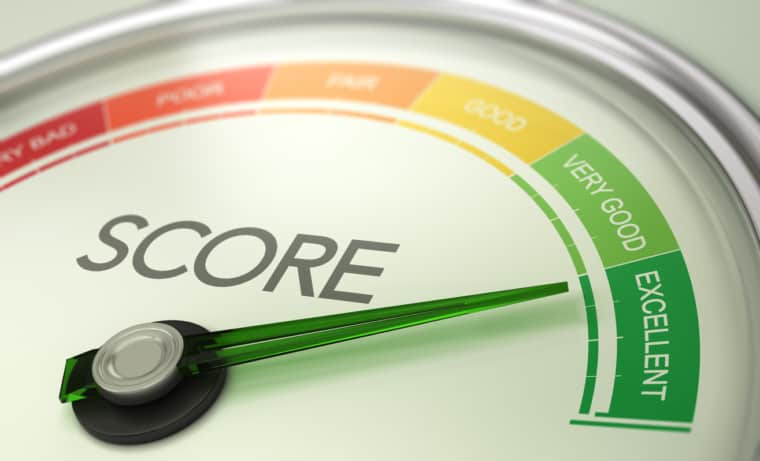
Most card companies have guidelines for approving people based on their score. For example, imagine that I am a credit company. If my standard minimum score requirement is 640 for a specific card, you will not be approved with a score of 600. If I do not have specific score guidelines, I will consider your score with other factors to determine how much your credit limit should be.
With this issue, it may be important to know which credit bureau the card issuer uses to research scores. This is especially true if a company has specific score thresholds for approval. Some companies only pull scores from Experian. Others may also use the other two bureaus’ information. However, anyone who wants to apply for a card should know their Experian score.
Credit scores may vary by several points between bureaus. For example, imagine that you want to apply for a card from my company, which has a minimum score requirement of 620. If you have a TransUnion score of 625, it may seem like your approval is sure. However, if your Equifax score is 610, I may not approve you.
Credit History
Some card companies examine each applicant’s history to see if there are negative marks. Bankruptcies, defaulted loans and poor repayment history are all major issues of concern.
A glance over your credit history can usually give a credit company a better idea of how responsible you are. If you have a tarnished history, some companies may still issue you a card with a lower limit. One type of credit option for a person with a lower credit score is a secured card. With a secured card, you make a deposit. The deposit amount is typically the credit limit. This is also a good solution if you have a short or nonexistent credit history.
DTI Ratio
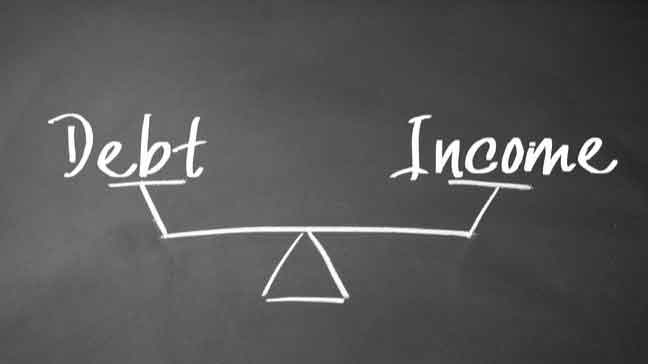
Card companies may look at your debt-to-income ratio. This is the amount of debt that you have in relation to your gross income. Even a high score may not be enough for approval with a poor DTI ratio.
If you have little to no debt and a decent income, a company may offer you a higher limit. However, card companies usually see a person who has a poor DTI ratio as a higher risk. If you have other open cards, the company may look at the limits of them and how much total available credit you have.
Work History
When card issuers consider work history, they usually compare it to debt. If you have a lot of debt and an unsteady work history, you look like a risk to them.
If your work history is unstable, you may not be approved or may be approved for a low limit. An issuer is more comfortable offering a higher limit to someone with a lower DTI ratio and a work history with no gaps. It is important for you to verify that your employment dates are accurate on all credit reports. Keep in mind that you can check your credit for free once each year on the only site approved by the government. When you do this, you can view individual reports online from each of the three major credit reporting bureaus.
How Your Credit Limit Affects Your Credit Score
Utilization is your available credit minus your balance. It can apply to a specific card or your total utilization of all credit accounts. The total utilization rate can increase or decrease your score.
For example, imagine that you have five cards. When the limits of those five cards are combined, they total $10,000. Creditors look at the current balances. If you have balances that total $4,000 among those five cards, your utilization rate is 40%. Imagine that you had a previous balance of only $1,000 among those five cards. When you check your credit score after getting your new statements, you realize that it decreased by five points.
The reason for this decrease is because you decreased your total available credit. When your total available credit is lowered, you look like more of a risk to other creditors. Credit scores can fluctuate from one month to the next with card purchases. When you make large purchases that may take time to pay off, you should plan them for times when you will not need to apply for any type of credit. If your interest rates on your cards are high, a personal loan may be better.
How Much of My Limit Should I Use?
There is no universal rule for maintaining a specific utilization rate. According to U.S. News, you should not let your total utilization rate for your cards exceed 30%.
Interestingly, the news story also reported that a person with a low utilization rate looks like a lower risk than someone who has zero utilization. It is important to remember that your total credit amounts owed make up 30% of your credit score. Since your score can drop quickly after you make a large purchase, it is good to consider alternative purchasing options.
For some large purchases, it is often better to seek a personal loan. A new loan can still cause your score to fall temporarily. However, personal loans typically have lower interest rates than cards, which makes them a smarter financial decision for many people. Some lenders also allow you to check rates without an inquiry affecting your credit score.
How to Request a Credit Limit Increase
With many types of cards, it is possible to request a credit limit increase online. Requesting an increase can result in a hard inquiry on your credit report, which may temporarily lower your score by up to a few points.
When you access your online account dashboard, there is usually an account management feature. There may be a link under that section to request an increase. If there is not a tab that says this, the next step is to use a search engine to find out how to request an increase online for that specific card company. Some card companies require customers to call to request an increase. The representative will walk you through the process, which is usually quick.
Some card issuers offer instant approval or denial. However, others may request additional information. Some examples of required information may be your updated gross income figure, current work status and monthly payment obligations. When issuers consider increases, they may take one of these actions:
- Offer an increase that equals the requested amount.
- Offer a lower increase than the requested amount.
- Deny the increase request completely.
If your increase request is denied, you must wait a certain amount of time before you can request another increase. Card issuers may increase limits automatically for responsible card users. In most cases, this happens when you use your card often and make timely payments. People who do not use their cards every month do not typically get automatic increases. Some card companies may extend increases every year to qualified cardholders.
How to Earn a Higher Limit
If your direct request for an increase is not approved, there are still ways to boost the limit of your card. In addition to making timely payments and using the card often, these are some helpful tips for you to follow.
Avoid Retail Cards
Retail cards are issued by specific stores and can only be used in those stores. Some issuers also have regular credit cards. For example, Amazon offers a retail card through Synchrony Bank and a regular card through Chase. The regular card can be used anywhere that accepts major cards.
With store cards, the limit is usually about $2,000. Many people start with a limit around $300 or a little more. While retail card companies may offer periodic increases that are generous, even a person with a six-figure income and a low DTI ratio may not see increases beyond about $2,000. Although some major cards may also start with lower limits, the increase potential is typically beyond $2,000.
Another reason why you should avoid retail cards is because creditors look at your available credit, the number of your open accounts and your utilized credit. If you have two major cards with limits of $5,000 each, that looks better than having five cards that each have a limit of $2,000. If I am a card issuer, I would look at your credit limits to determine how much to increase your card’s limit. I would be more likely to issue an increase if other card companies also offered higher limits to you.
Provide Income Updates
Most companies ask cardholders to update their income once each year. For those who get raises or a second job, updating income can be a quick way to get an automatic increase. You must still have a good repayment history and must use your card frequently.
In many cases, card companies send electronic prompts to you to update your income online. It may be a popup window when you sign in to make a payment or monitor account activity. While many people dismiss the prompt, it only takes a few minutes to complete and can be helpful. Income reports should reflect your estimated gross income.
Keep in mind that reported income should also be total household income. For example, imagine that you are married and file a joint tax return with your working spouse. In this case, you should report both incomes. This may help increase your credit limit. If you have additional sources of income, card companies usually provide instructions about which types should or can be reported on a credit application.
Apply For a Higher Card Tier
With card companies that offer multiple tiers of cards, it is possible for you to get an increase in the form of a more exclusive card.
Most people can qualify for the card on the lowest tier. If my company’s low-tier card offers you a limit of $1,500, you can later apply for the mid-tier card that has a limit of $3,500. Assuming that you meet the outlined approval criteria, I may offer you a higher limit and additional perks.
Some companies offer fraud protection, credit monitoring, rental car insurance or other perks with a card at a higher tier. Travel cards and rewards cards are good starting points. In some cases, you may need to apply with a completely different company to open an additional card at a higher tier. If you carry a very low balance, the improved DTI ratio and credit utilization rate may make other card issuers more likely to offer increases to you.
Identify the Payment Network
Payment networks may offer hints at what you can expect for credit limits. For example, Visa Infinite and Visa Signature logos tend to be assigned to cards that offer higher limits.
Mastercard World Elite cards also tend to have higher limits. However, distinctions are more difficult to make with Discover and American Express cards. These are generalities that may not apply to all networks. This tip is useful when you check your current cards and when you apply for new cards to boost your total credit.
Improve Your Credit Score
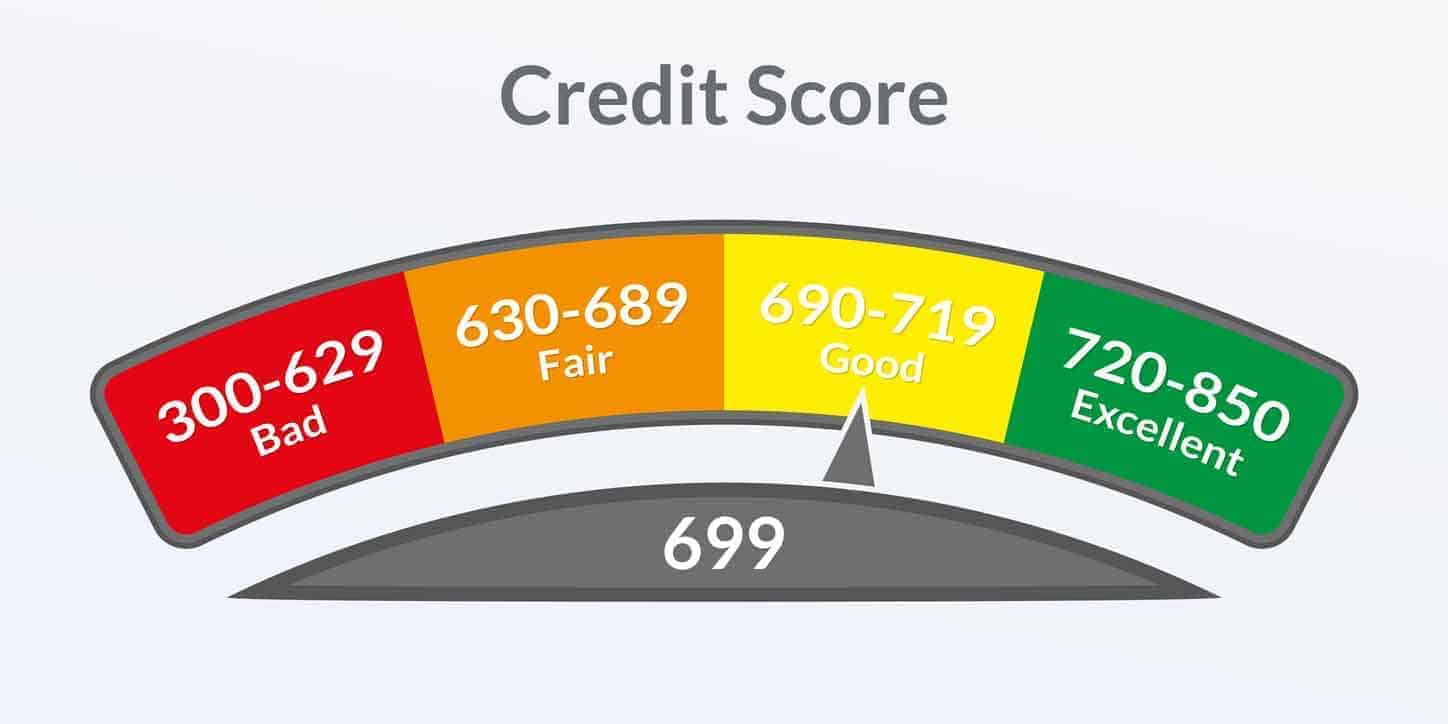
The possibility of getting an automatic increase is always better with a higher credit score. Keep paying your bills on time. This also applies to non-credit bills. Electricity, internet and other providers may report delinquent payments.
If possible, pay off credit purchases between billing cycles. Since closing accounts can lower your credit score, do not close any old credit accounts. In many instances, accounts that have been open for a long time can help your credit score. This is because they contribute to the length of your credit history, which is typically associated with a higher score as it becomes longer.
Reduce Your Current Balances
When you try to get automatic increases, one of the most helpful steps is to keep your balances low. While your credit utilization should not exceed 30% on any card, it is ideal to keep it under 10%. Also, it is better to have a balance on a single card than on multiple cards.
For example, imagine that you have 10 cards. In comparison with having a balance of $100 on each card, it is better for you to have a balance of $1,000 on a single card. Credit companies know that each card comes with a minimum payment and interest. If you carry a single balance, there is a single interest charge and a single payment due. You may have a minimum payment of $50 on that single card. However, the minimum payment for each of the 10 cards may be $25, which means that your current minimum monthly credit obligation is $250 instead of $50.
If I am a potential creditor, your larger utilization percentage on that one card looks better than a lower utilization percentage on the rest of your cards.
Exceeding Your Credit Card Limit
At some point, you may accidentally spend more than your credit limit on a card. Some card issuers will allow cardholders to make a purchase that exceeds the limit. If this is the case, the issuer will charge an over-the-limit fee, which may be up to $35.
In some cases, the over-the-limit fee may be $25 the first time. Some card issuers assess a fee of $35 after the initial $25 for any over-the-limit transactions within a defined period. Not all card issuers charge these fees or even allow over-the-limit transactions. Some issuers simply decline transactions that would put your balance over the limit.
When card companies issue these fees, they can only do so if you agree to allow over-the-limit charges and fees. This was part of the Credit Card Act of 2009. You can opt in or out of over-the-limit allowances at any point. Some people choose to opt in to avoid the embarrassment of having a transaction declined in public. However, that choice may come with consequences.
If you go over the credit limit on a card more than once, the card issuer may decrease the credit limit. This is because you incur extra charges. For example, imagine that you use your card to go $100 over the limit. It is your second time making an over-the-limit purchase. As your card issuer, I charge you $35. If I decrease your limit, I cannot charge you an over-the-limit fee the following month if your balance is still over the limit. This applies if you do not make additional purchases. Some card companies add the over-the-limit balance to the fee and minimum payment. If your minimum payment is normally $25, you could wind up paying $160 the following month.
Another disadvantage of going over your credit limit is a potential interest penalty. In some cases, a card issuer may waive the interest penalty the first time. However, not all companies will do this. For repeat offenders, companies usually assess the penalty rate. In your contract terms, a penalty rate is defined. It could be up to or above 30%. Since many cards come with regular interest rates that are well under that amount, the penalty rate can significantly affect your balance.
When you carry a balance from one month to another with a penalty rate, the minimum payment may also become higher. This could make it harder to repay the total amount. It is better to try to pay before the grace period ends each month. Also, your credit score drops temporarily when you exceed your limit.
How to Get a Good Credit Limit
If you are ready to apply for a new card or for an increase on a current card, be sure to use the previous tips in this guide. Also, be sure to choose a card that tends to come with a higher limit. Keep in mind that these are the most important factors for you to monitor or improve:
- Your credit score.
- Your current gross income.
- Your employment status.
- Your payment history and credit history.
- Your previous credit limit increases.
Conclusion
As long as you use your card responsibly, a higher limit is more beneficial than a lower limit. When you understand how to use a card to your advantage, you can see your score climb higher. The key to success with cards is to know when to use them and when to use personal loans with lower interest rates. Loans may be better for larger purchases that take several months or years to pay off. What hard or useful lessons have you learned from using credit cards? Please leave your comments below.

